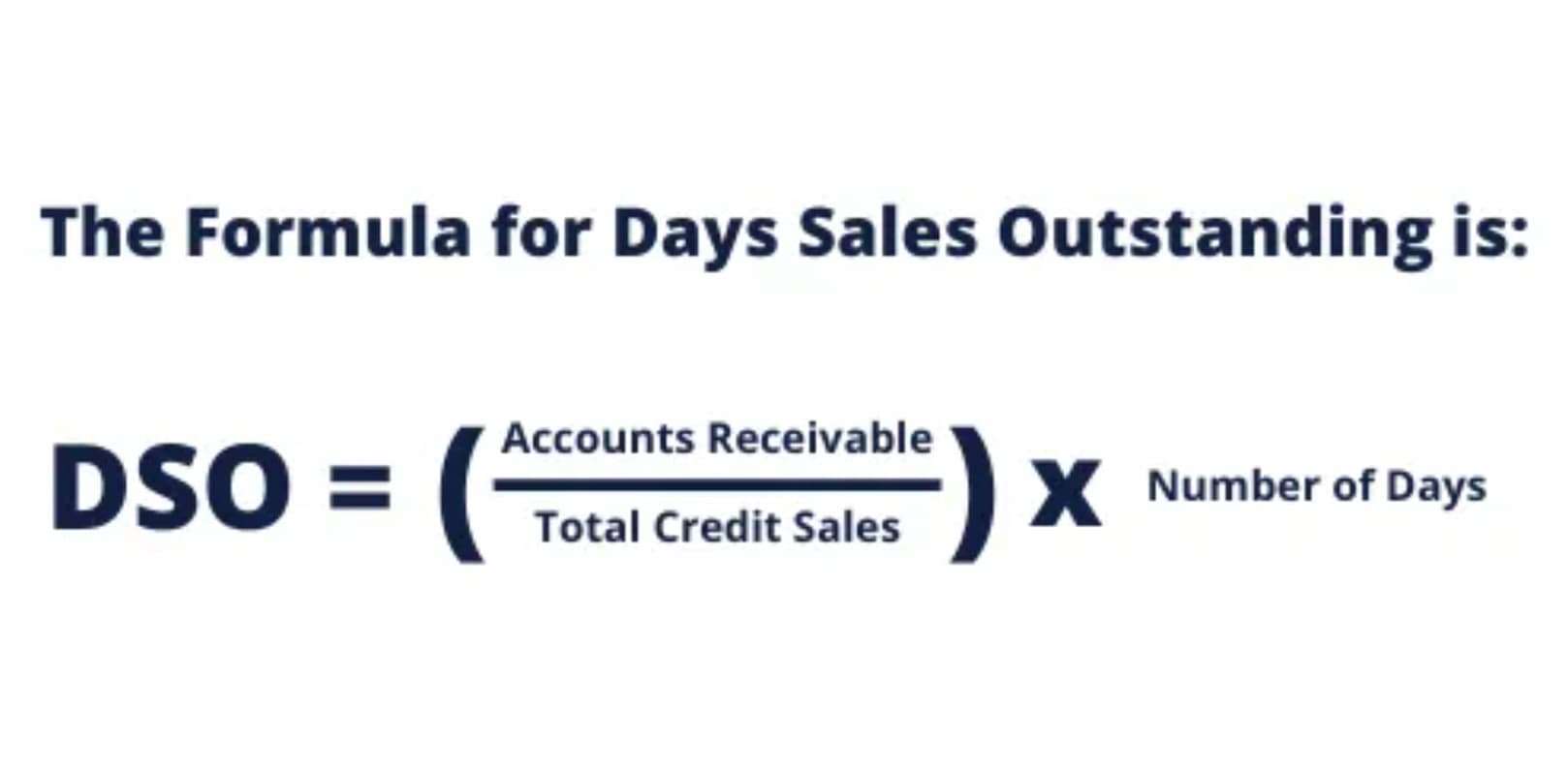Form 990 resources and tools Internal Revenue Service
Rental income from an exempt function is another example of program-related investment income. For purposes of this return, report all rental income from an affiliated organization on line 2. Membership dues can consist of both contributions and payment for goods and services. In that case, the portion of the membership dues that is a payment for Certified Bookkeeper goods or services should be reported on line 2, Program Service Revenue. The portion that exceeds the FMV of the goods or services provided should be reported on line 1b.
An organization manager is any officer, director, or trustee of an applicable tax-exempt organization, or any individual having powers or responsibilities similar to officers, directors, or trustees of the organization, regardless of title. An organization manager isn’t considered to have participated in an excess benefit transaction where the manager has opposed the transaction in a manner consistent with the fulfillment of the manager’s responsibilities to the organization. For example, a director who votes against giving an excess benefit would ordinarily not be subject to this tax. Most section 501(c)(3), 501(c)(4), or 501(c)(29) organization employees and independent contractors won’t be affected by these rules.
Filing modalities
- 15-A, Employer’s Supplemental Tax Guide, for distinguishing employees from independent contractors.
- For certain kinds of employees and for retirees, the amount in box 5 of Form W-2 can be zero or less than the amount in box 1 of Form W-2.
- A payment by a governmental agency to the same organization to operate the agency’s internal mail delivery system is program service revenue reported on line 2.
- This authorization applies only to the individual whose signature appears in the Paid Preparer Use Only section of Form 990.
A state reporting requirement requires the organization to report certain revenue, expense, or balance sheet items differently from the way it normally accounts for them on its books. A Form 990 prepared for that state is acceptable for IRS reporting purposes if the state reporting requirement doesn’t conflict with the Instructions for Form 990. If an organization that submits Form 990-N changes its accounting period, it must report this change What is Legal E-Billing on Form 990, Form 990-EZ, or Form 1128, or by sending a letter to Internal Revenue Service, 1973 Rulon White Blvd., Ogden, UT 84201. If the organization has established a fiscal year accounting period, use the 2024 Form 990 to report on the organization’s fiscal year that began in 2024 and ended 12 months later. A fiscal year accounting period should normally coincide with the natural operating cycle of the organization.
Enter the balance of paid-in capital in excess of par or stated value for all stock issued and not yet canceled, as recorded on the corporation’s books. If stockholders or others made donations that the organization records as paid-in capital, include them here. Enter the fund balance for the land, building, and equipment fund on this line. While some states may require reporting according to FASB ASC 958, the IRS doesn’t. All organizations must complete Part X. No substitute balance sheet will be accepted.
Required filing (Form 990 series)
If “Yes” on line 3a, indicate whether the organization has undergone the required audit or audits. Answer “Yes” if the audit was completed or in progress during the organization’s tax year. If the answer to line 3b is “No,” explain on Schedule O (Form 990) why the organization hasn’t undergone any required audits and describe any steps taken to undergo such audits.
Annual information returns.
However, for this purpose, the organization must report gross payments to the independent contractor that include expenses and fees if the expenses aren’t separately reported to the organization. Other compensation paid to the person by a related organization at any time during the calendar year ending with or within the filing organization’s tax year should be reported in column (F). If the related organization was related to the filing organization for only a portion of the tax year, then the filing organization may choose to report only other compensation paid or accrued by the related organization during the time it was actually related. If the filing organization reports compensation on this basis, it must explain on Schedule O (Form 990) and state the period during which the related organization was related. Reportable compensation paid to the person by a related organization at any time during the entire calendar year ending with or within the filing organization’s tax year should be reported in column (E).
Don’t report public utilities or insurance providers as independent contractors. 15-A, Employer’s Supplemental Tax Guide, for distinguishing employees from independent contractors. C is an attorney employed by a law firm that isn’t a related organization to the organization. The organization and the law firm enter into an arrangement where C serves the organization, a section 501(c)(3) legal aid society pro bono, on a full-time basis as its vice president and as a board member while continuing to receive her regular compensation from the law firm. The organization doesn’t provide any compensation to C for the services provided by C to the organization, and doesn’t report C’s compensation on Form W-2, Form 1099-NEC, or Form 1099-MISC. The law firm doesn’t treat any part of C’s compensation as a charitable contribution to the legal aid society.
Appendix E. Group Returns—Reporting Information on Behalf of the Group
While tax exempt organizations enjoy the benefit of not paying federal income taxes on their primary activities, they may still be subject to unrelated business income tax (UBIT) on income generated from activities that are not related to their exempt purpose. UBIT is imposed on income from business activities that do not substantially further the organization’s mission. For example, if a nonprofit organization operates a store, the income from this activity may be subject to UBIT. To report this income and pay any taxes owed, tax exempt organizations must file Form 990-T. Properly managing and reporting unrelated business income is crucial to maintaining tax compliance and avoiding penalties. Enter amounts for other independent contractor services not listed on lines 11a through 11f.
Filing Requirements for Nonprofit Organizations
For purposes of section 501(c)(12), the term “gross income” means gross receipts without reduction for any cost of goods sold. If the combined amount of an organization’s gross investment income, and other gross income from unrelated trades or businesses, is $1,000 or more for the tax year, the organization must report the investment income, and other unrelated business income, on Form 990-T. Answer “Yes” if the organization made a distribution from a donor advised fund to a donor, donor advisor, or related person during the organization’s tax year.
The Nonprofit Sector in the United States: A Resource Guide
Unpredictable revenue streams from donors and grants complicate financial planning and forecasting. Additionally, the complexity of tax regulations requires nonprofits to navigate a maze of requirements to stay compliant. Key areas to check include financial information, organizational activities, and adherence to IRS regulations.
Organizations must report compensation from themselves and from related organizations, which generally consist of parents, subsidiaries, brother/sister organizations, supporting organizations, supported organizations, sponsoring organizations of VEBAs, and contributing employers to VEBAs. See the Instructions for Schedule R (Form 990) for a fuller discussion of related organizations. If the answer was “Yes” on line 15a or 15b, describe the process on Schedule O (Form 990), identify the offices or positions for which the process was used to establish compensation of the persons who served in those offices or positions, and enter the year in which this process was last undertaken for each such person.
Revocation of Exemption and Section 4958
The noncash portion of contributions reported on lines 1a through 1f is also reported on line 1g. Don’t check the “Former” box if the person was a current officer, director, or trustee at any time during the organization’s tax year, or a current key employee or among the five highest compensated employees for the calendar year ending with or within the organization’s tax year. In such a case, indicate the individual’s former position in his or her title (for example, “former president”). A tax-exempt organization must file an annual information return or notice with the IRS, unless an exception applies.





